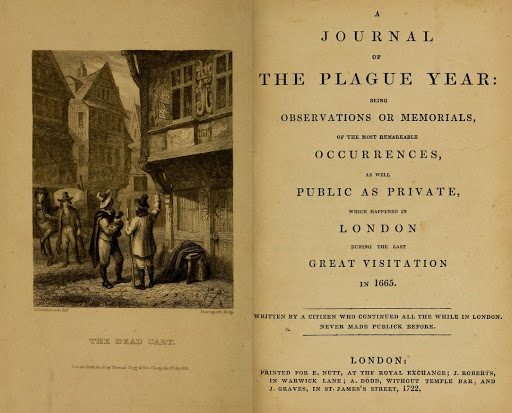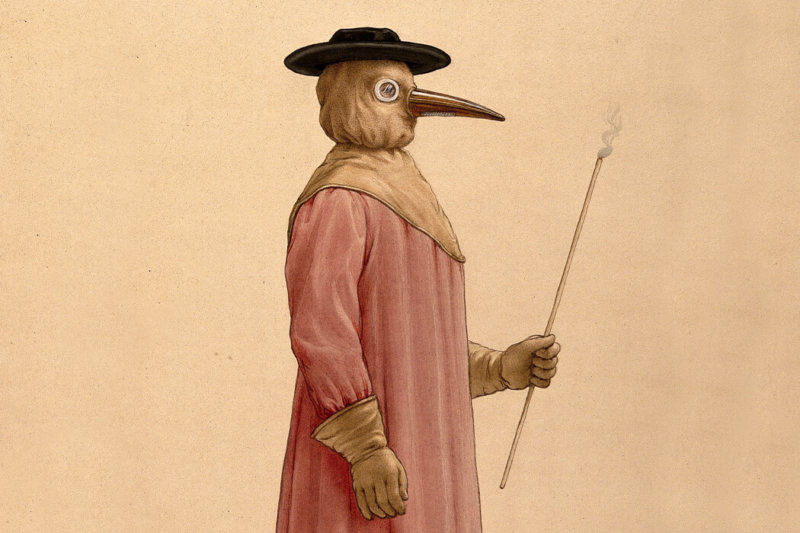
Nathaniel Hodges (1672), the diary of Samuel Pepys, and Thomas Vincent's God's Terrible Voice in the City by Plague and Fire (1667), as well as primary sources. great injustice is done to memory so to represent it." Brayley takes pains to compare Defoe's account with known bona fide accounts such as Loimologia by Dr. Edward Wedlake Brayley wrote in 1835 that the Journal is "emphatically, not a fiction, not based on fiction. Debate continued as to whether Defoe could be regarded as the work's author rather than merely its editor.

It was initially presented and read as a work of nonfiction, but by the 1780s the work's fictional status was accepted. How the Journal is to be classified has been disputed. Portrait of the author, Daniel Defoe Classification Defoe's account, which appears to include much research, is far more systematic and detailed than Pepys's first-person account. The book is often compared to the actual, contemporary accounts of the plague in the diary of Samuel Pepys. Additionally, it provides tables of casualty figures and discusses the credibility of various accounts and anecdotes received by the narrator. In the book, Defoe goes to great pains to achieve an effect of verisimilitude, identifying specific neighbourhoods, streets, and even houses in which events took place. F.', was a saddler who lived in the Whitechapel district of East London. and is probably based on the journals of Defoe's uncle, Henry Foe, who, like 'H. Defoe was only five years old in 1665 when the Great Plague took place, and the book itself was published under the initials H. Presented as an eyewitness account of the events at the time, it was written in the years just prior to the book's first publication in March 1722. The book is told somewhat chronologically, though without sections or chapter headings, and with frequent digressions and repetitions. It is an account of one man's experiences of the year 1665, in which the bubonic plague struck the city of London in what became known as the Great Plague of London, the last epidemic of plague in that city.


A Journal of the Plague Year at WikisourceĪ Journal of the Plague Year: Being Observations or Memorials, Of the most Remarkable Occurrences, As well Publick as Private, which happened in London During the last Great Visitation In 1665, commonly called A Journal of the Plague Year, is a book by Daniel Defoe, first published in March 1722.


 0 kommentar(er)
0 kommentar(er)
